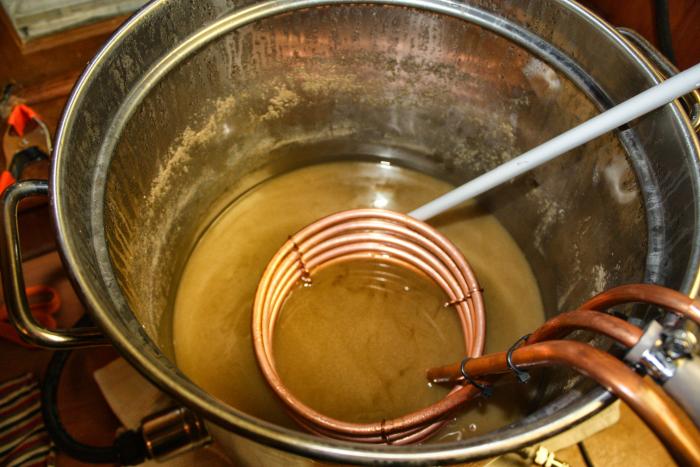I had a successful second brew on my new eBIAB setup last night (post here), but the chilling process using my immersion chiller was agonizingly slow and used up nearly 25 gallons of tap water. It was a late night by the time I finally pitched my yeast and cleaned up.
My tap water is about 60F right now, so it's plenty cold. I even added a wort recirculation tube to my chiller to speed things up (details here).
My questions are: is there anything I can do to speed up chilling with the immersion chiller? Or does it make sense to look at either a plate chiller or a counterflow chiller? Do plate chiller or counterflow chillers use substantially less water?
In my case, using less water is important because my sink is not close enough to my brew location to drain directly; I have to fill buckets with the drain water and haul them to the sink. It's a PITA and it makes me acutely aware of how much water I'm using.
Thoughts?
My tap water is about 60F right now, so it's plenty cold. I even added a wort recirculation tube to my chiller to speed things up (details here).
My questions are: is there anything I can do to speed up chilling with the immersion chiller? Or does it make sense to look at either a plate chiller or a counterflow chiller? Do plate chiller or counterflow chillers use substantially less water?
In my case, using less water is important because my sink is not close enough to my brew location to drain directly; I have to fill buckets with the drain water and haul them to the sink. It's a PITA and it makes me acutely aware of how much water I'm using.
Thoughts?




